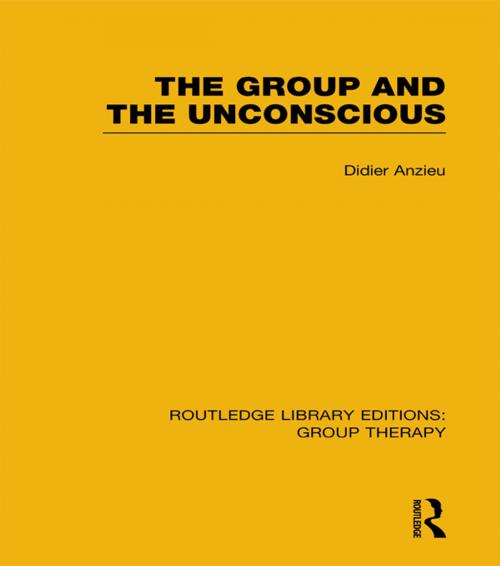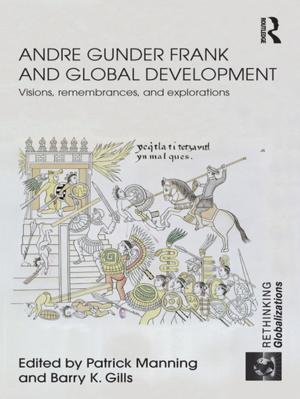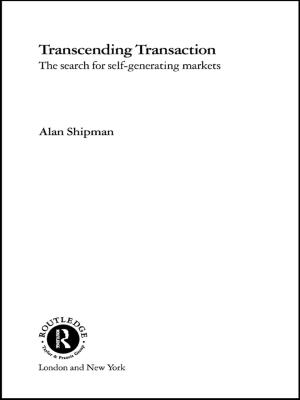The Group and the Unconscious (RLE: Group Therapy)
Nonfiction, Health & Well Being, Psychology, Psychotherapy, Mental Health| Author: | Didier Anzieu | ISBN: | 9781317624752 |
| Publisher: | Taylor and Francis | Publication: | September 19, 2014 |
| Imprint: | Routledge | Language: | English |
| Author: | Didier Anzieu |
| ISBN: | 9781317624752 |
| Publisher: | Taylor and Francis |
| Publication: | September 19, 2014 |
| Imprint: | Routledge |
| Language: | English |
Originally published in 1984, this is the first published account in English of the development of group psychotherapy in France.
Under the leadership of Professor Didier Anzieu, psychoanalysts actively and ingeniously brought psychoanalytical insights to bear upon group process. These methods were widely applied in training groups for mental health professionals, as well as in many other organizations. Anzieu and his colleagues made many advances in understanding the psychology of large-group situations, and these advances contributed to the growing interest in the field.
The main aim of the book is to examine the unconscious life of the human group. Professor Anzieu describes the processes of fantasy and imagination that are common to social organizations, training groups and psychotherapeutic groups, and extends the psychoanalytical theory about dreams to the group. He gives an account of the various kinds of group fantasies, such as the group illusion, the group as a mouth, breaking apart fantasies, the group-machine, and the self-destructive group. The book is illustrated by ten clinical case studies, which are vividly described by Professor Anzieu. The interaction of the imaginary processes and the social ideas of the group are also studied, and the theoretical discussion in general reflects the interest of French psychoanalysts in the earliest structures of the mind and of the psychotic level of the personality as it becomes manifest in the group process.
Originally published in 1984, this is the first published account in English of the development of group psychotherapy in France.
Under the leadership of Professor Didier Anzieu, psychoanalysts actively and ingeniously brought psychoanalytical insights to bear upon group process. These methods were widely applied in training groups for mental health professionals, as well as in many other organizations. Anzieu and his colleagues made many advances in understanding the psychology of large-group situations, and these advances contributed to the growing interest in the field.
The main aim of the book is to examine the unconscious life of the human group. Professor Anzieu describes the processes of fantasy and imagination that are common to social organizations, training groups and psychotherapeutic groups, and extends the psychoanalytical theory about dreams to the group. He gives an account of the various kinds of group fantasies, such as the group illusion, the group as a mouth, breaking apart fantasies, the group-machine, and the self-destructive group. The book is illustrated by ten clinical case studies, which are vividly described by Professor Anzieu. The interaction of the imaginary processes and the social ideas of the group are also studied, and the theoretical discussion in general reflects the interest of French psychoanalysts in the earliest structures of the mind and of the psychotic level of the personality as it becomes manifest in the group process.















